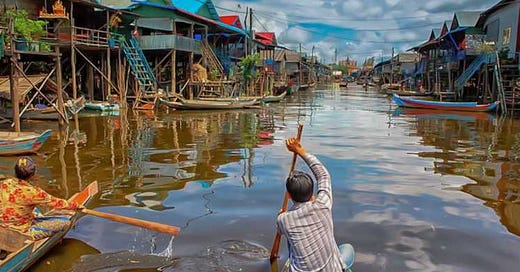Support for Tonle Sap paying dividends
The natural resources in the wetlands of the lake are interconnected between the six provinces, including Siem Reap, home to the Kingdom’s world-renowned Angkor Archaeological Park.
By Phnom Penh Post
Siem Reap, one of six provinces bordering the Tonle Sap Lake, is receiving ongoing support from the EU Tonle Sap Conservation Project through the “Our Tonle Sap” project, which has been implemented for about three years.
The natural resources in the wetlands of the lake are interconnected between the six provinces, including Siem Reap, …





